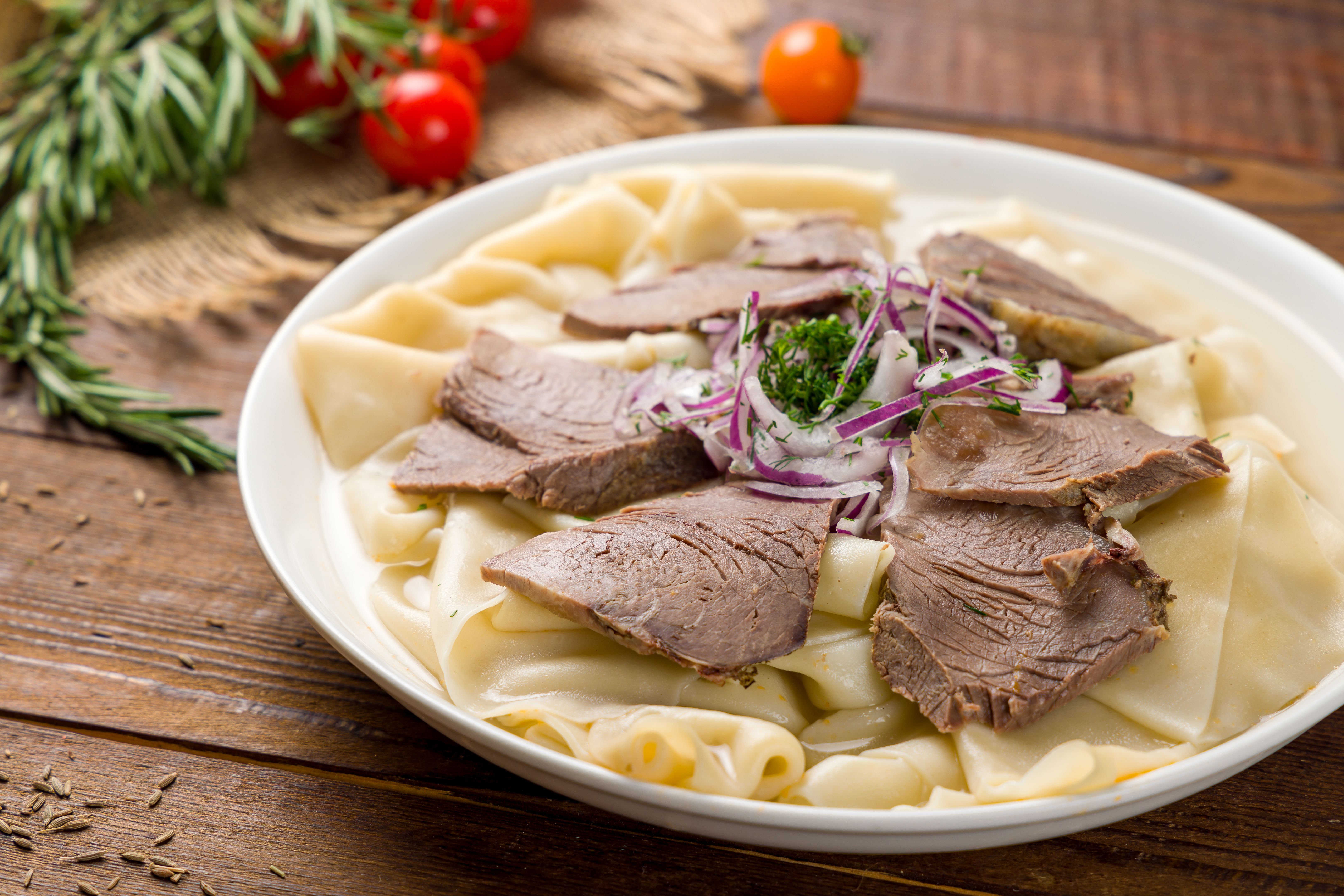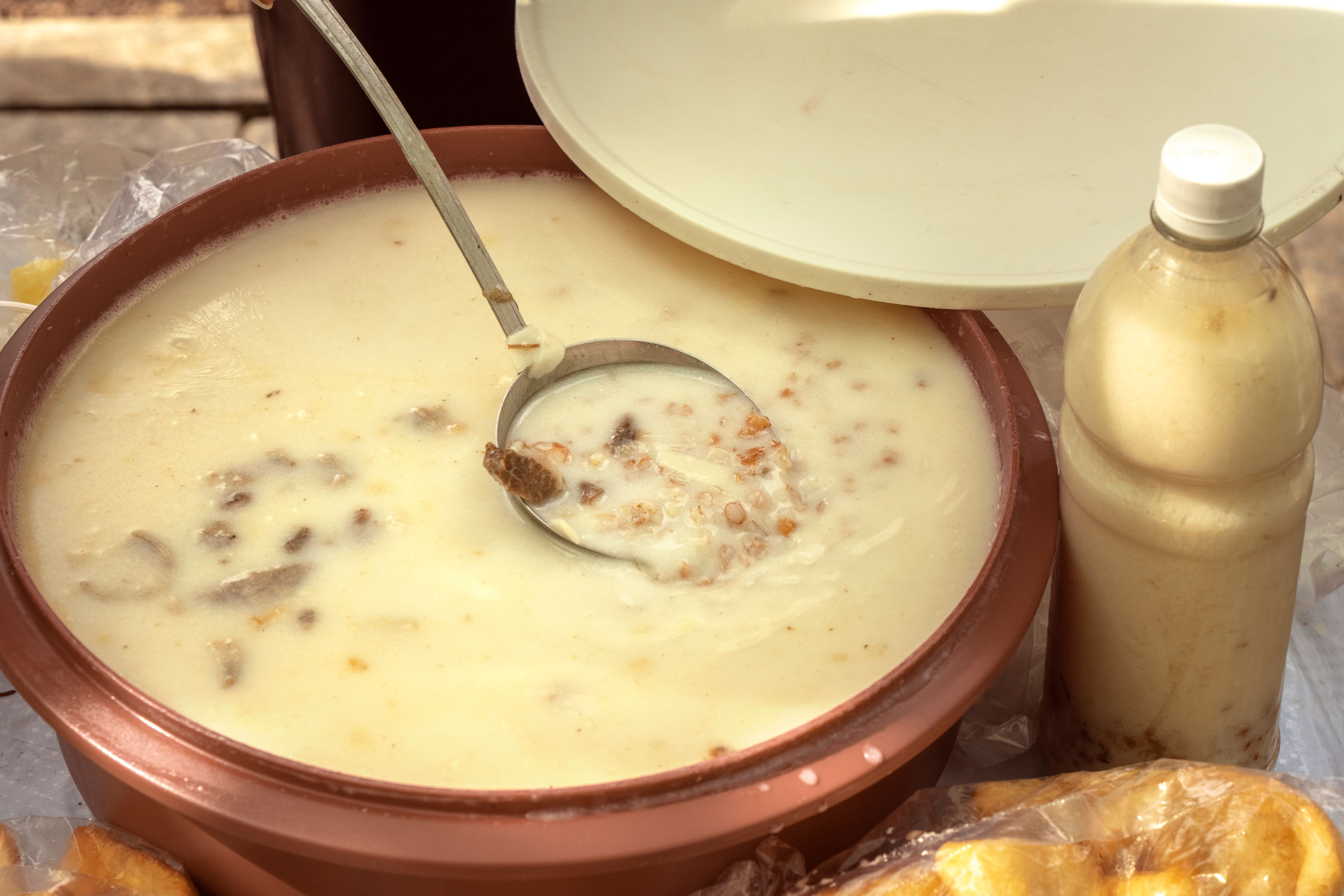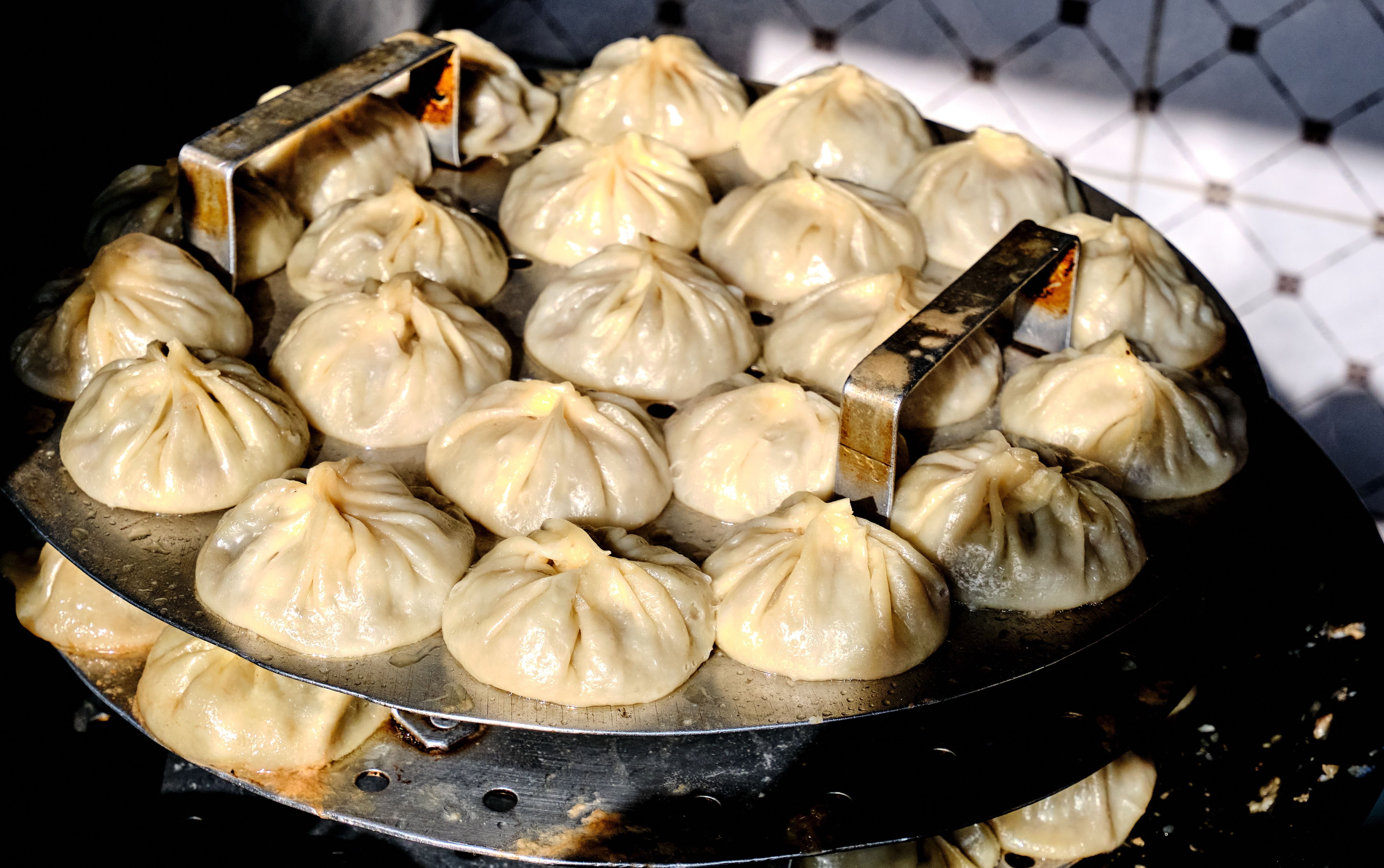The Rich Flavors of Kazakh Cuisine
Introduction to Kazakh Cuisine
Kazakh cuisine is a vibrant tapestry of flavors, influenced by the country's nomadic heritage and its position at the crossroads of Central Asia. This culinary tradition is characterized by hearty meats, dairy products, and a variety of grains, all of which reflect the lifestyle and environment of the Kazakh people. Exploring these foods offers a unique insight into the rich cultural history of Kazakhstan.

The Role of Meat in Kazakh Cuisine
Meat plays a central role in Kazakh dishes, with lamb, horse, and beef being the most commonly used. These meats are often prepared in traditional methods such as boiling and grilling, ensuring that their rich flavors are preserved. One of the most iconic dishes is Beshbarmak, which means "five fingers." This dish is typically made from boiled meat served with large noodles and an onion sauce.
Another popular meat dish is Kazy, a flavorful horsemeat sausage that is often served during special occasions and celebrations. These traditional meat dishes are not just about sustenance but are also a significant part of Kazakh hospitality and culture.
Dairy Delights
Dairy products play an essential role in Kazakh cuisine, reflecting the nomadic lifestyle where herding livestock was integral. Kurt, a type of hard cheese made from dried yogurt, is a common snack. It is known for its tangy taste and portability, making it perfect for long journeys.

Kumis, a slightly alcoholic beverage made from fermented mare's milk, is another staple in Kazakh diets. It has a unique taste and is celebrated for its purported health benefits. Traditional Kazakh meals often include an assortment of dairy products, showcasing the versatility and importance of these ingredients.
Bread and Grains
Bread is a fundamental part of any Kazakh meal. Baursak, small pieces of fried dough, are often served alongside meals or enjoyed as a snack with tea. They are soft, slightly sweet, and provide a comforting touch to any dining experience.
Grains such as rice and wheat are also widely used in Kazakh dishes. Plov, a savory rice pilaf cooked with meat and vegetables, is a popular dish that highlights the use of grains. Each family may have its own special recipe, showcasing regional variations and personal preferences.

Sweets and Desserts
No exploration of Kazakh cuisine would be complete without mentioning its sweets. Shertpek, fried dough balls dipped in honey or sugar syrup, are a beloved treat enjoyed by many. Another popular dessert is Balkaymak, a creamy mixture of honey and butter often served with bread.
These desserts not only satisfy sweet cravings but also reflect the ingenuity and resourcefulness of Kazakh cooks who create delightful flavors from simple ingredients.
The Influence of Neighboring Cultures
Kazakh cuisine has been shaped by the diverse cultures that surround it. Influences from Russian, Uzbek, and Chinese culinary traditions can be seen in various dishes. For example, Manty, large steamed dumplings filled with meat and onions, show the influence of Central Asian neighbors.

This blend of cultures has resulted in a rich culinary heritage that continues to evolve while remaining deeply rooted in tradition.
Conclusion: A Culinary Journey Worth Exploring
Kazakh cuisine offers a delightful journey through flavors that are both time-honored and unique. From hearty meats to dairy delicacies and sweet treats, each dish tells a story of Kazakhstan's rich cultural tapestry. Whether you're sampling these dishes for the first time or revisiting familiar favorites, the rich flavors of Kazakh cuisine promise an unforgettable culinary experience.
Commercial Kitchen http://avice.org
